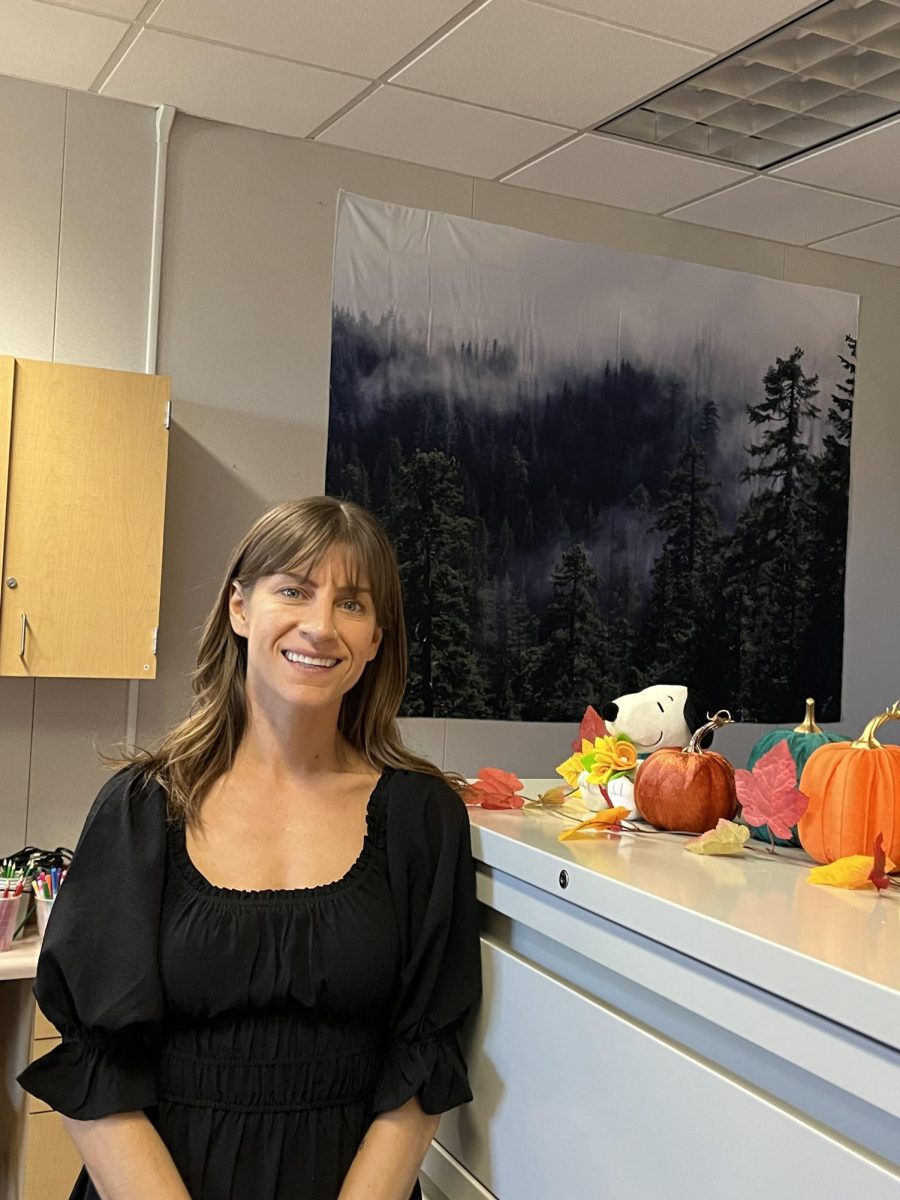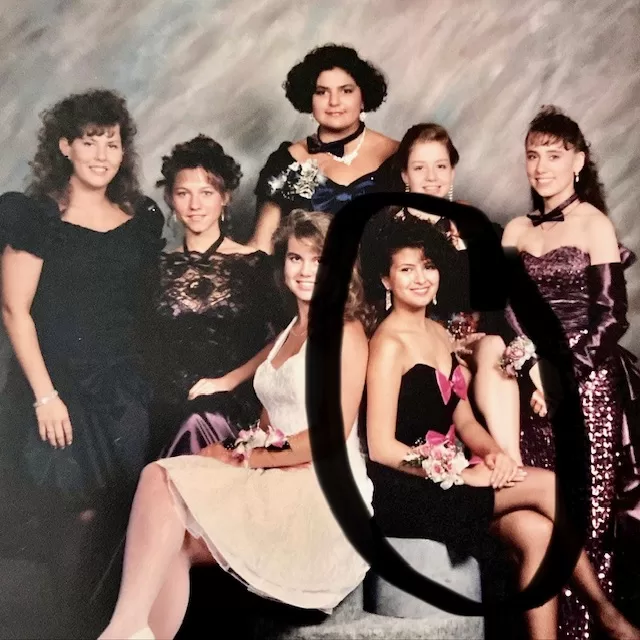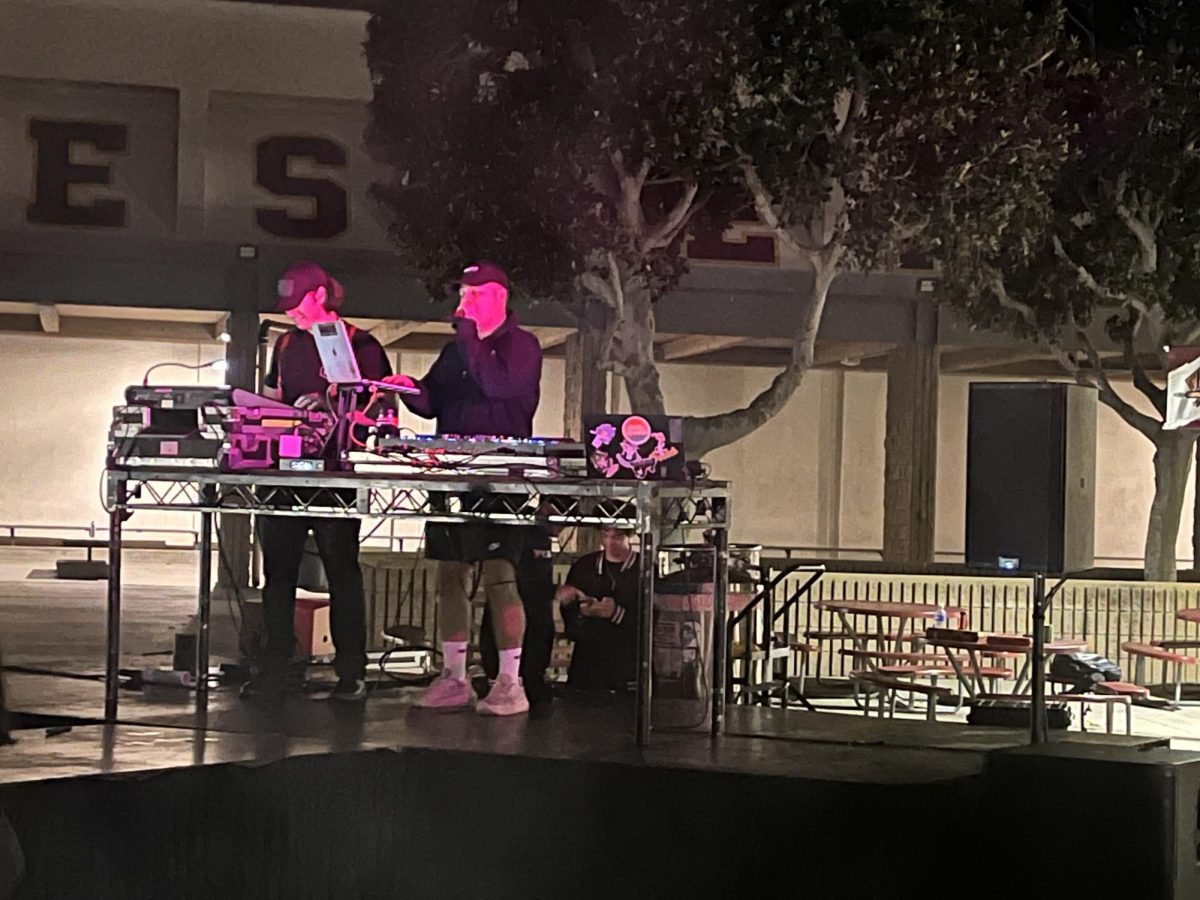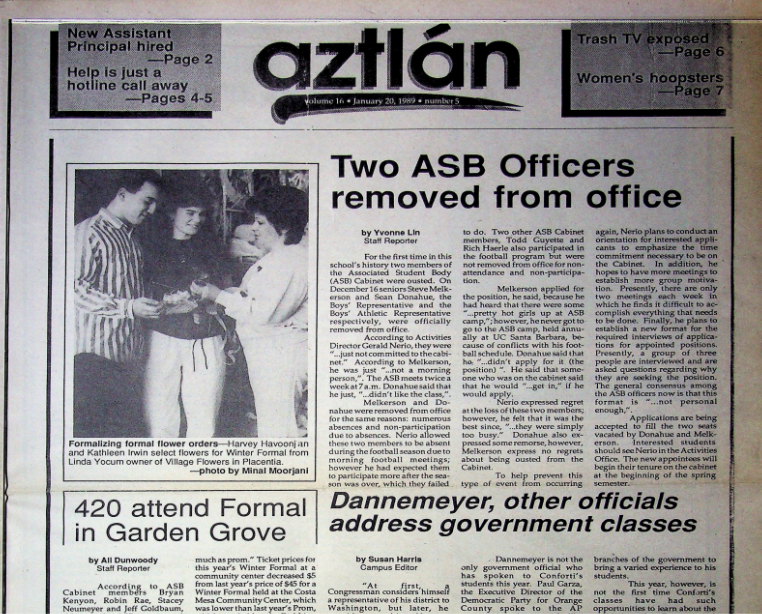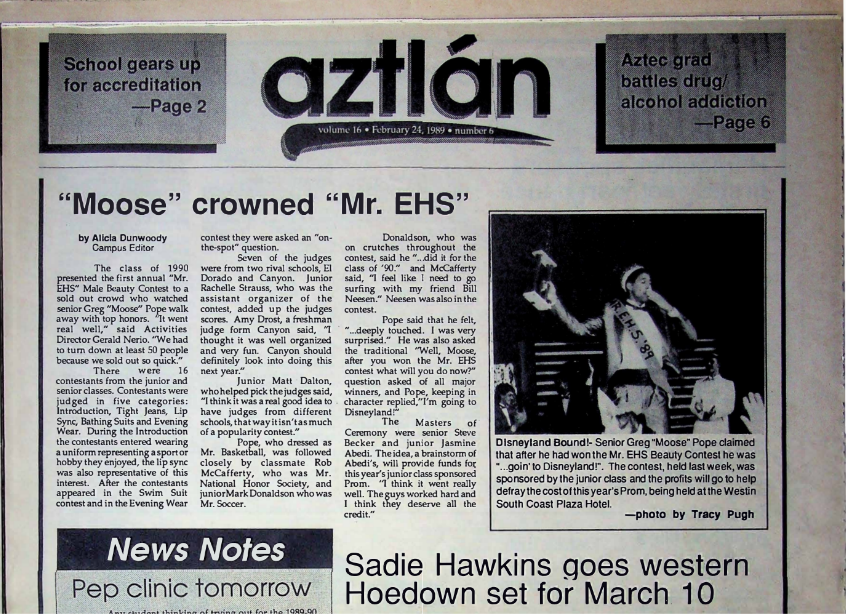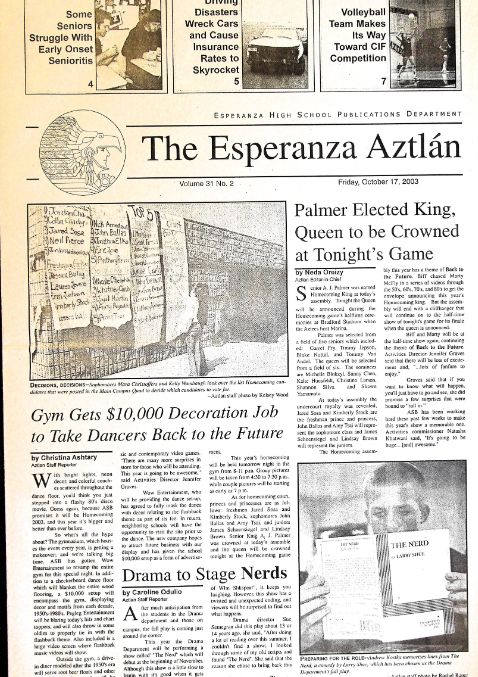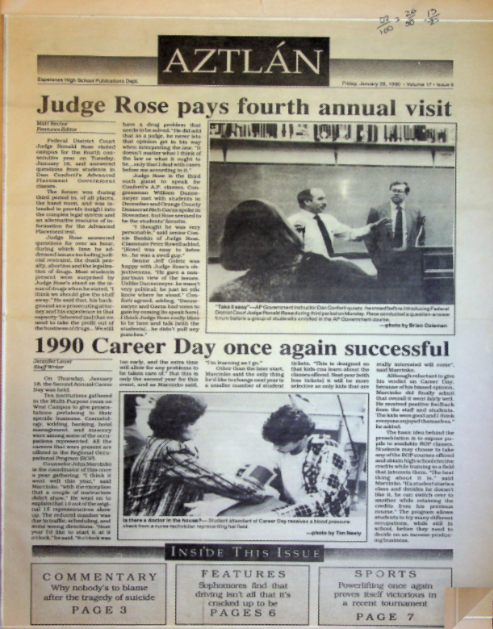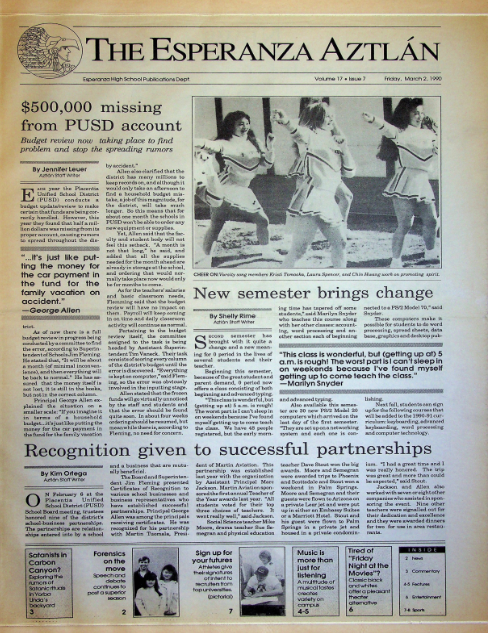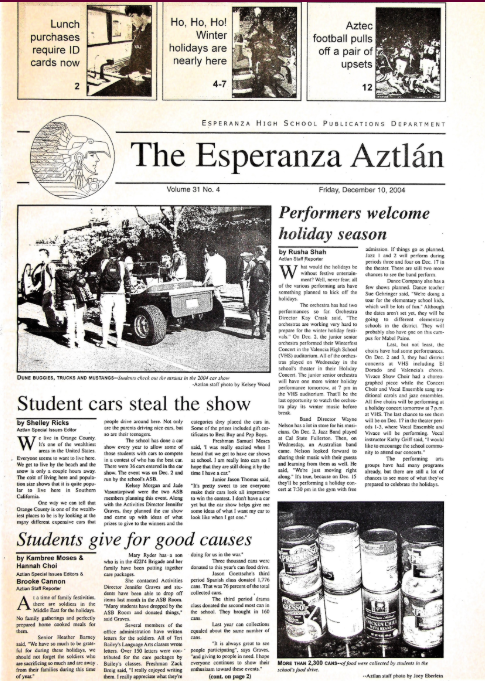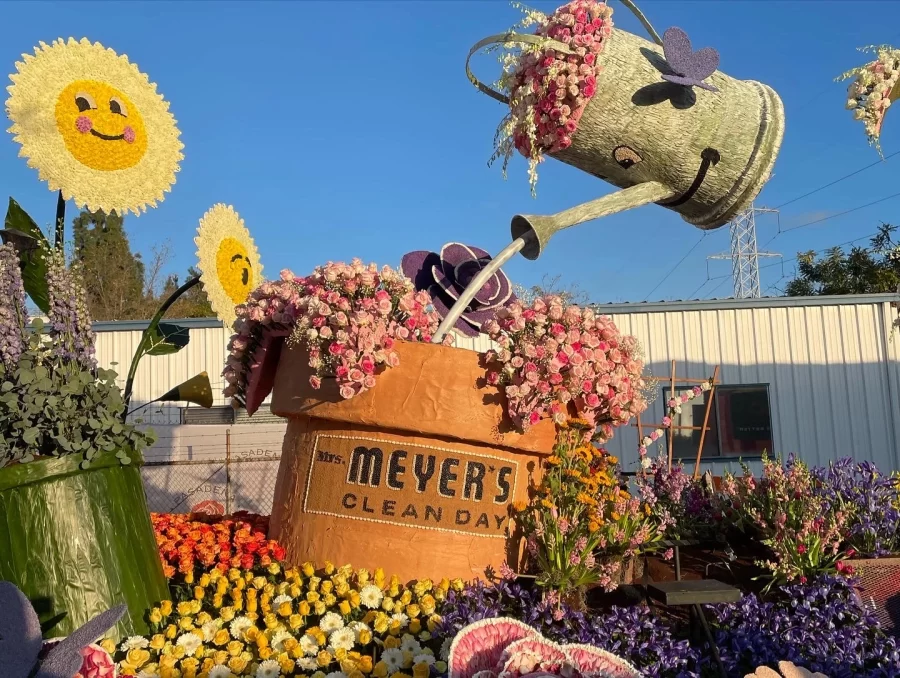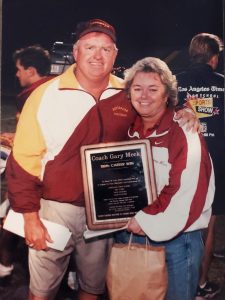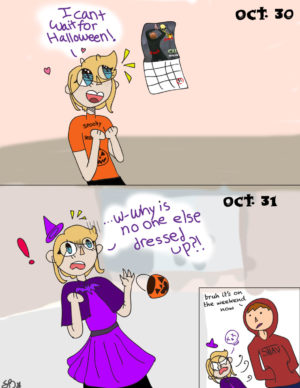Decorating Floats for the Rose Parade
How to earn service hours and gain a new holiday tradition!
November 14, 2022
The school year is racing forward, and many students may find themselves worrying about how to earn enough service hours to graduate. Although winter break is a time for rest, family, and celebration, it is also a great time to go out and be a volunteer to work towards the final 40-hour requirement. Holiday traditions and volunteering, however, do not have to be separate affairs. In Southern California, a common tradition for many is going to watch the Rose Parade as a New Year’s celebration, yet even the locals who see the parade year-round are often unaware that there are plenty of opportunities to help decorate the famed floats of this parade before they cruise down the Colorado Boulevard in Pasadena.
Petal Pushers is an organization dedicated to bringing volunteers to the decorating operation every year and welcomes individuals from across the country to help out the week before the parade. This organization also offers service hours to participants, which are valuable for students at Esperanza. Dick Gast is the “general chairman of the Lutheran Hour Ministries float,” and the Aztlan was fortunate enough to have the chance to speak with him about his experience as an organizer of the decorating operations. Gast runs the Lutheran Hour float, which means that he oversees everything from “the concept of the float, to the recruitment of the volunteers.” He has a “committee of about thirty-five people,” who he works with to ensure that all parts of the process are running smoothly. Volunteers working for the petal pushers, however, do not only work on the Lutheran Hour float; they are sent to any float in the warehouse that requires assistance, as most floats are decorated together in one area allowing for easier organization and distribution of volunteers. Gast loves “so many different elements,” of the process, and appreciates that they can “put a religious float in one of the world’s largest secular events.” The Lutheran hour is one of many, and aside from this religious float, volunteers may find themselves working on floats for various companies, products, TV Shows, medical institutions, and charity organizations.
Although decorating week (the week before the parade) is the most saturated period of pre-parade work, putting flowers on the floats is not the only task necessary to make the operation run smoothly. Gast recalled a moment when he went to the store, saw a Halloween sale, and “bought three hundred and sixty candy bars” for the snack bar they host. Volunteers need food during their time working, and small details like this often go unnoticed by the general public but are vital to the parade’s success. Throughout the year Gast also visits “a lot of conferences” to “promote volunteerism.” He’s visited Tempe, Las Vegas, Houston, Palm Springs, and various other places, to find volunteers and promote the parade. Fans watch the Rose Parade on one day annually, but for the dedicated volunteer leaders and workers, it’s a year-round job.
Maintaining volunteer engagement is one of the greatest difficulties for Gast and many leaders in charge of individual floats. They must “compete with lots of different activities” in Southern California, where the beach and the mountains are other common winter-break destinations that often take precedence over volunteering for many people. “This last year was extremely stressful,” because the leadership had to face Covid-19, the weather, the cold, and the flu, which made bringing in volunteers all the more difficult. With the cancellation of the Rose Parade in 2020, the “decorating cycle of people” was broken, and groups who may have been loyal decorators for years are no longer showing up because of the single canceled parade. Dick Gast and his wife Lynn have been leading the Lutheran Hour for thirty-two years, and they believe the real “challenge is getting people back into the habit” of volunteering annually.
Despite these challenges, everything is worth it for the dedicated workers when they see the floats going down the boulevard. Gast says that “the sense of pride is unreal.” He’s “watched this thing come up from concept to design to test drives,” and believes “it just comes alive.” The stresses of finding and organizing volunteers, meeting deadlines, and even staying up for entire nights all fade away when the finished floats go down the boulevard. According to him, “nothing is funnier than being with a group of petal pushers” when watching the parade, because they will point out every part of every float they helped create. “Their level of enthusiasm and level of commitment to the effort” is one that Gast has a great appreciation for.
When given the opportunity to offer advice to new volunteers this year, Gast stresses that “the biggest thing that most people are not aware of,” is that they’re “not looking for artists.” Decorating a float is “like paint by numbers,” and “the floats are color-coordinated.” This means that no artistic skill is necessary to help out, and the only requirement is a little patience and a lot of dedication. He wants to remind new volunteers that decorating is “a very labor-intensive activity,” but the “beautiful masterpiece” created as a result is ultimately worth the time and effort. “You can be thirteen years old…you can be ninety-five years old,” Gast says, there’s a “wide range” of work to do and anyone of any age can help out.
This fall, consider adding Petal Pushing to the calendar! Those in search of new holiday activities and service hour opportunities will not be disappointed by the excitement of playing such an important role in the Rose Parade and may find themselves with a new holiday tradition worth returning to for years to come.


























